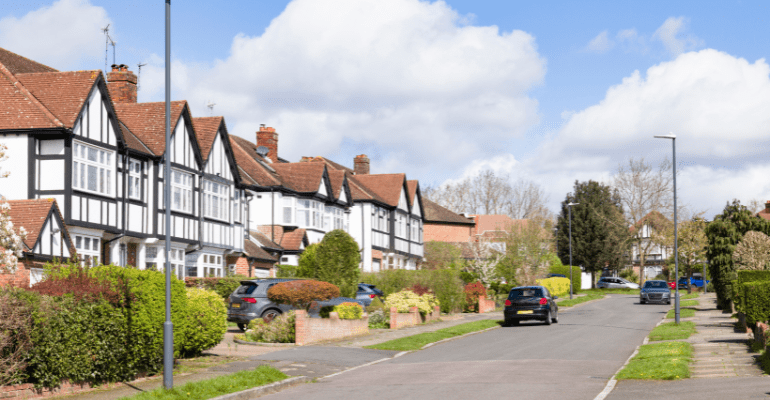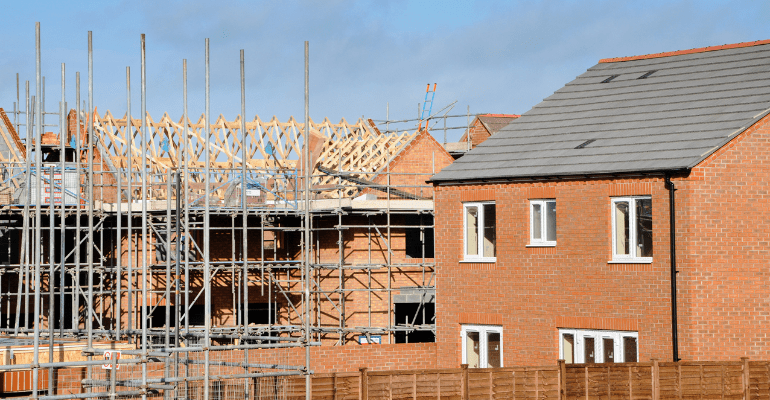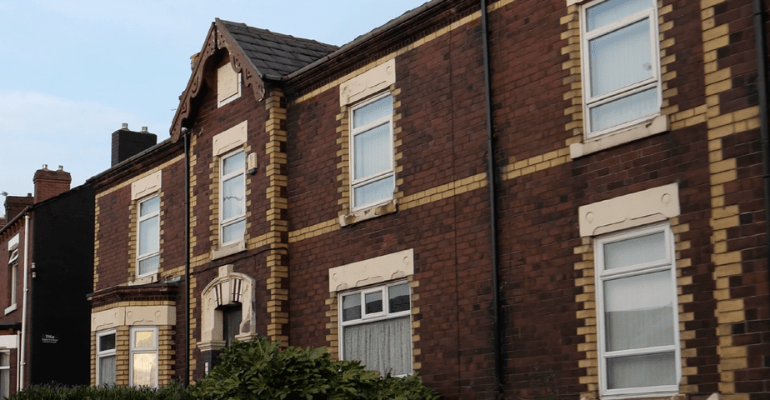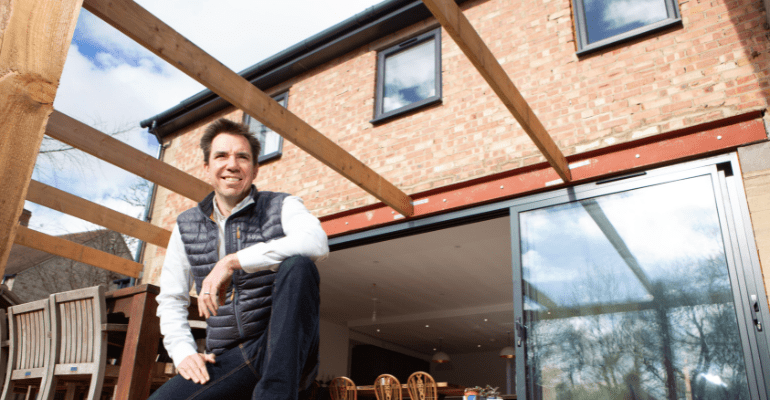
The road so far: Five key drivers of change in the residential property market.
A residential revival may be the destination, but the property market has been on quite a journey over the last two to three years. Turbulent, twisty and often troubling, thousands of homebuyers, movers, investors and improvers have seen everything from economic speed bumps to pandemic pot holes, threatening to bring their property aspirations to a standstill.
As our latest report looks at the open road in front of us, let’s take a quick detour through some of the key influences that have affected and are still affecting the market today…
Cost of living crisis
Shopping. Electricity. Petrol. Since mid-2021, the cost of everything has shot up.
Coming out of the global pandemic, our renewed appetite to spend butted against disrupted supply chains across the world. It caused a rapid rise in global inflation, making products more expensive to produce and supply, and subsequently more expensive to buy. For the residential property sector, it also led to higher mortgage rates, house values and rental prices, raising the cost of housing for the majority of the UK public.
Our recent residential property market report found:
- On average, household running costs have increased by £310 per month since 2022.
- Monthly mortgage costs have also risen by an average of £314 per month in the same 24-month period.
- 59% of people we surveyed said they were concerned over the cost of living crisis and its impact on applying for or renewing a mortgage in the next 12 months.
Although UK inflation has returned to close to pre-pandemic levels, many are still dealing with the effects of the cost of living crisis today.
Read more about how the cost of living crisis is affecting the UK’s property ambitions in our new residential property market report.
Read the full report
The UK General Election and new Government
The result of the 2024 UK General Election may not have come as a surprise (even if Rishi Sunak’s gambit to announce it earlier than expected did). With Sir Kier Starmer’s Labour government now settled into
Downing Street, many voters will be wondering if they’ll be able to deliver on their manifesto promises on housing, including building between 1.5 and 1.85 million new homes over the next five years.
Survey results, exclusively conducted for our latest report, show:
- Almost a quarter (24%) of the public believe that more social and affordable housing should be addressed by Labour in their first 6 months of power – 12% think the government’s efforts should be directed towards more help for first time buyers.
- 29% listed housing and planning reform in their top three highest priorities for the government.

In our report, housing market commentator Jonathan Rolande says, “The post-election landscape has clear, outlined and urgent needs for the government to address”, calling out a need for social and community house building programmes, as well as planning reform to open up brownfield and grey belt sites for development.
But, Jonathan also adds, “As optimism seems to be returning to the market, hopefully it is here to stay.”
The global pandemic
After the months of lockdown finally ended, a ‘race for space’ led to 40% more buyers entering the market in 2020 compared to the previous year.
Remote working prompted many to reassess their homes; with houses becoming more popular than flats, and a rise in home offices and moves to smaller towns. However, the unexpected surge in house prices left property even more out of reach for many other buyers.
- £62bn more sales were agreed in 2020 compared to 2019.
- The house price to earnings ratio rose to a new high of 8.9 in the third quarter of 2022.
- Between June 2023 and May 2024, 50% of all properties sold in London were flats.
In 2024, the trend for larger homes and spaces looks to be reversing as more businesses transition back to an office-based or hybrid routine and individuals struggle to afford higher property prices.
A changing society
Societal trends and shifts in demographics can often have a dramatic impact on the residential property market, shaping how (and even if) we buy and move. For example:
Ageing – We’re getting older as a population with the average age now at 40 (up from 36.6 in 2000), and life expectancy has also increased by four years (to 81) since the start of the millennium. It means:
- We’ll need more residential retirement homes and communities to meet demand.
- More people will have mortgages and loans stretching into retirement.
- Specialist lending to the retired is forecasted to increase by 126% in the next five years.
Employment – The number of people classed as self-employed has increased from 3.2 million in 2000 to 4.3 million today. But, being your own boss can come with challenges for those looking to borrow:
- 22% of rejected mortgage applicants who would be classed as ‘non-standard’ applications believe they were rejected because they were self-employed.
- 10% also said they were rejected due to having multiple sources of inconsistent income.
Empty houses
With the focus on building new homes, it could be easy to forget that there’s approximately 1.55 million empty residential properties in the UK. It’d be easier if you didn’t have to walk past the increasing number of boarded up or abandoned buildings littering our towns and cities.
- 46% of people think that the abandoned buildings problem is getting worse.
- The value of empty properties in the UK is estimated to be £531bn.
Earlier this year, Lucy Alexander (of Homes Under the Hammer fame) helped us highlight the scourge of empty properties and how we can turn them into hidden gems. Renovating and returning housing stock to the market could help to lower competition and house prices, making homeownership more attainable and affordable for many.
Want to look forward instead of in the rear view? Read our new report for in-depth economic analysis and forecasting, as well as expert industry opinion, on the future of the residential property market.
Read the full reportSimilar articles
-

Is the government’s 1.5 million new homes target achievable?
2 minBusinessPersonalIntermediariesDevelopment FinanceMortgageIndustry news -

Five key takeaways from our latest residential property market report
2 minBusinessPersonalIntermediariesDevelopment FinanceTogether newsIndustry newsMortgageAuction FinanceBridging LoanSecure LoanBuy to Let -

‘Nightmare’ home improvement project saved by a second mortgage
1 minPersonalMortgageSecure Loan
Any property, including your home, may be repossessed if you do not keep up repayments on your mortgage.
All lending decisions are based on lending criteria and, where applicable, subject to credit check and an assessment of individual circumstances.
All mortgages are subject to our terms and conditions.
Loans offered by Together Commercial Finance Limited are not regulated by the Financial Conduct Authority.
Articles on our website are designed to be useful for our customers, and potential customers. A variety of different topics are covered, touching on legal, taxation, financial, and practical issues. However, we offer no warranty or assurance that the content is accurate in all respects, and you should not therefore act in reliance on any of the information presented here. We would always recommend that you consult with qualified professionals with specific knowledge of your circumstances before proceeding (for example: a solicitor, surveyor or accountant, as the case may be).

